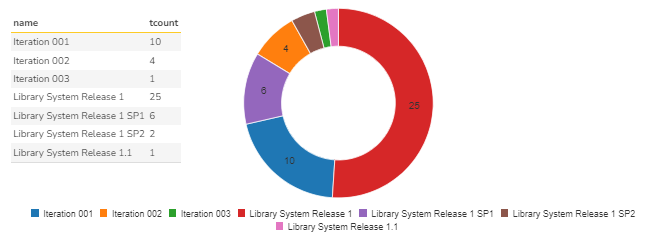Overview
The effectiveness of a release or iteration can also be evaluated by the number of defects. The defect count can prepare for a robust deployment of the required resources to support the deployment to address any potential challenges from customers.
Defect Detection SQL Query
Given below is the query.
select
RL.name as name,
count(I.incident_id) as tcount
from
SpiraTestEntities.R_Incidents as I
join
SpiraTestEntities.R_Releases as RL on
I.detected_release_id = RL.release_id and
RL.project_id = I.project_id
where
I.project_id = ${ProjectId} and
I.is_deleted = False
group by
RL.name
Query Explanation
- Since defects detected in a release are mapped, the incident and release tables are brought.
- If release picker from the interface is also required, the RELEASE_ID = ${ReleaseId} can be added. This would limit the data set for that release.
- Often, when release and its children are also required, then, use ${ReleaseAndChildIds} to filter by a comma-separated list of the release and child sprints/phases.
- To avoid deleted incidents confusing the results, apply the IS_DELETED = False.
Output
Given below is the output.
